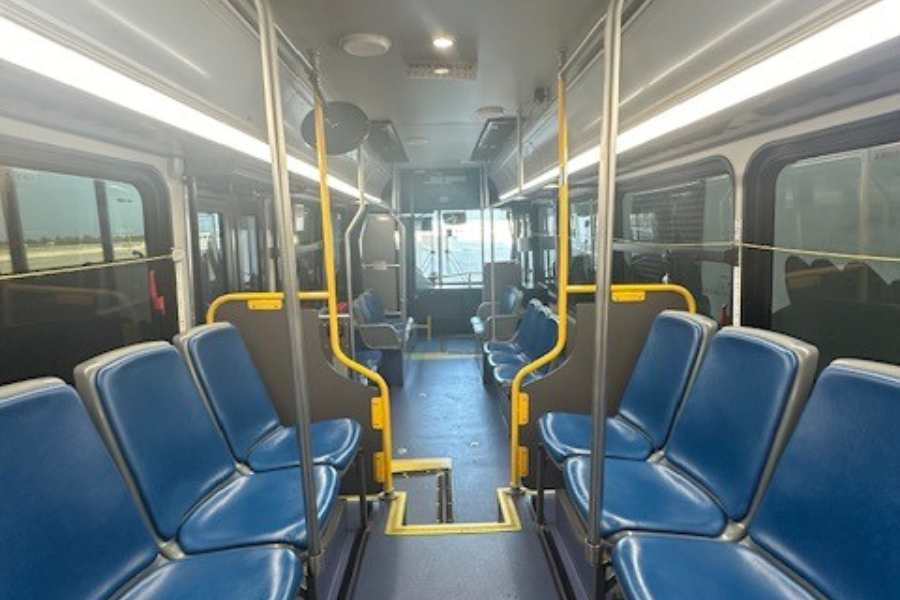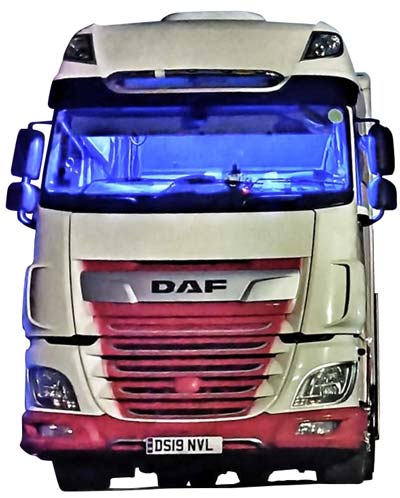Here are ten top tips on security and safety of employee shuttles:
1. Conduct regular driver safety training
Ensure that all shuttle drivers have a comprehensive safety course, including defensive driving techniques as well as emergency response protocols and customer service techniques. Regular training refreshers will help drivers remain informed of the latest practices and improve their abilities to deal with various situations that arise on the roads.
2. Strict Vehicle Maintenance Protocols
Establish a rigorous vehicle maintenance schedule to ensure that all shuttles are in optimal functioning condition. Regular inspections must include brakes checks, tire rotations light testing, and other critical systems. Regularly maintaining your vehicle minimizes the chance of mechanical breakdowns, while also providing safety for your passengers.
3. Use GPS Tracking to Enhance Security
Install GPS tracking devices into shuttle vehicles to ensure that you can monitor their position in real-time. This technology can improve security by providing information like route deviances or unauthorized stops. In the event of an emergency tracking helps authorities locate vehicles quickly to ensure the security of the passengers.
4. Establish Clear Emergency Procedures
Establish and establish clear emergency procedures for drivers and passengers. There are also procedures for accidents, medical emergencies, and security risks. Use drills to make sure that everyone is familiar with the procedure.
5. Adequate Insurance Protection
Make sure you have sufficient coverage for every shuttle service. These policies should include collision insurance, liability coverage as well as any other policies that are necessary to deal with the unique risks of employee transport. Comprehensive insurance can protect both employees and the business in the event of an accident or incident.
6. Implementing Safety Policy for Passengers
Create and communicate safety policy for shuttle riders, including instructions on seatbelt usage and proper behaviour. Placing these policies prominently in the shuttle or on corporate communication platforms will highlight their importance and promote compliance.
7. Conduct background checks on drivers
To ensure that all shuttle drivers are secure and secure, conduct thorough background checks to confirm they do not have any convictions for criminal offenses or driving convictions. It is essential to take this step for the safety of employees. Regularly review driver records to ensure ongoing conformity with safety guidelines.
8. Install safety features on your vehicle
Equip shuttle vehicles to have essential safety features. They should have seat belts (if there is one) and anti-lock brakes (if feasible) and airbags (if required) and a rear-view cameras. These features will lower the risk of injuries in a crash. In addition, you should consider investing in technological innovations like collision avoidance systems that can further improve safety.
9. Promote a culture of security awareness
By raising awareness, encourage employees to create a safe culture within your organization. Inspire employees and drivers to put safety first by recognizing the efforts of others. Safety meetings and newsletters regularly scheduled can keep safety top of mind and reinforce the importance of safety.
10. Monitor and Analyze Incident Reports
Record all incidents, including close-misses, safety violations and accidents. Analyzing this information can help identify areas in which the shuttle service could be improved. Utilize the information to make adjustments to the training, policies and procedures to increase the safety of passengers.
Implementing these guidelines, organizations can create an environment of security and safety for their employee shuttle services. They can also ensure the safety of passengers, while minimizing risks associated with transportation. Prioritizing safety and security not only protects employees but improves the overall level of satisfaction and trust for the shuttle service. Read the recommended employee shuttle for website advice including private transportation from atlanta airport, shuttle airport bus, lax airport shuttle bus, shuttle services, san francisco airport shuttle service to hotels, lax airport shuttle bus, transportation to lax, lax airport shuttle bus, shuttle for the airport, san airport shuttle and more.

The Best Tips For Capacity In A Vehicle And Options For A Corporate Transportation Service
Here are 10 suggestions for choosing the right vehicle and capacity options in the case of the transportation of corporate events.
1. Evaluate Event Attendance Estimates
Begin by estimating how many people will attend the corporate event. Registration data, RSVPs, and historical attendance records can all be used to estimate the number of guests. Knowing the expected number of participants will help you better plan your options for vehicle use and determine the amount of capacity that is required for transportation.
2. Selecting the right vehicle type
The kind of vehicle you pick will depend on the anticipated attendees and the type of event. Consider buses or shuttles for larger groups. The luxury sedans and vans could be an ideal choice for smaller groups or VIP attendees. With a range of different vehicle models ensures that all is transported with ease.
3. Consider accessibility needs
Ascertain that the vehicles chosen can be used by all regardless of disabilities. This could mean choosing the vehicles that have wheelchair lifts as well as accessible options for people with limited access. This is not only compliant to legal requirements but also improves the overall experience for all participants.
4. Make a list of pick-up locations and plan for multiple pickups.
Consider multiple pickup points to make it easier for transport. These could include central places such a hotels, airports as well as public transportation hubs. It is possible to increase the number of people who attend by allowing multiple pickup points and reduce logistical problems.
5. Booking System Implementation
You should consider implementing an online reservation system for transportation. This will allow attendees to reserve their seats in advance and ensure that the vehicles are filled, and thus reducing the chance of overcrowding. Reservations also allow you to adjust capacity in accordance with the demand.
6. Improve Efficiency and Efficiency Routes
Create routes that work to make sure that vehicles are on time to arrive at and depart at the time they are due to leave. Study the patterns of traffic and bottlenecks in order to create the most efficient routes for vehicles. By using the software for route optimization, you can identify the most efficient routes and reduce the time it takes to travel. This will improve the overall experience.
7. Transportation Services on-Demand
You could consider offering shuttle service on demand for larger events. This allows attendees to arrange transport at their leisure. This is particularly helpful when you have many days or different schedules. On-demand transport services allow for greater flexibility and can make sure that participants can travel as needed.
8. Monitor the utilization of vehicle capacity
Keep track of the vehicle capacity usage during an event. It is important to monitor how many shuttles are filled. This data can be used to make fast and efficient adjustments. The capacity information for an event after it's taken place can also be used to guide future transport planning.
9. Communicate Transportation Details Clearly
Be sure to communicate clearly the details of transportation prior to the event. Information about vehicle types as well as pickup locations and schedules must be made available. Multiple communication channels such as emails, apps for special events or printed materials will ensure that the attendees are aware of the options available to them.
10. Get feedback for future Improvements
After the event, gather feedback from attendees about their experiences with transportation. Participants can provide feedback on their transportation experience and include aspects such as the speed of their travel, vehicle comfort and satisfaction. This feedback can be used to determine the things that went well and the areas that need improvement to be used for future corporate events. This will allow for better capacity and vehicle planning.
Implementing these strategies will help companies effectively manage the capacity of their vehicles and provide seamless transport for corporate events. Proper preparation and execution of the event will contribute to its overall success, and also creating a positive image of the business. See the top rated event transportation blog for blog advice including logistics services near me, companies in logistics, logistics transportation services, company transport, global logistics company, logistics near me, transporting buses, transport job, safe transportation, trailering services and more.
